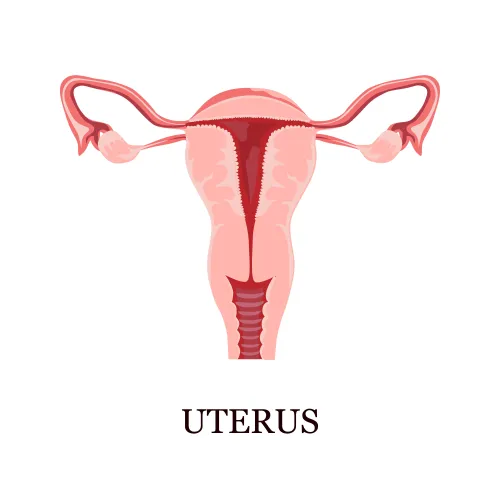Ophthalmology and Optometry Coding Alert
You Be the Coder:
Pinpoint Proper Coding of PRP for Proliferative Retinopathy
Published on Mon Apr 24, 2023

You’ve reached your limit of free articles. Already a subscriber? Log in.
Not a subscriber? Subscribe today to continue reading this article. Plus, you’ll get:
- Simple explanations of current healthcare regulations and payer programs
- Real-world reporting scenarios solved by our expert coders
- Industry news, such as MAC and RAC activities, the OIG Work Plan, and CERT reports
- Instant access to every article ever published in Revenue Cycle Insider
- 6 annual AAPC-approved CEUs
- The latest updates for CPT®, ICD-10-CM, HCPCS Level II, NCCI edits, modifiers, compliance, technology, practice management, and more
Related Articles
Other Articles in this issue of
Ophthalmology and Optometry Coding Alert
- Procedure Coding:
Decode Ophthalmoscopy Reporting Confusion
Find out which retinal imaging claims require saved images. Diabetic retinopathy is an eye condition [...] - Case Study Corner:
Try Your Hand Coding This Diabetic Retinopathy Case
Correctly report everything from testing to treatment with these tips. Diabetic retinopathy affects nearly 8 [...] - News You Can Use:
Protect Payment by Perusing Cigna’s -25 Policy Updates
And bust three myths to up your Modifier 25 billing game. Get ready to jump [...] - You Be the Coder:
Pinpoint Proper Coding of PRP for Proliferative Retinopathy
Question: Our ophthalmologist diagnosed a patient with bilateral proliferative diabetic retinopathy (PDR) with macular edema [...] - Reader Questions:
Review What’s Required for Fundus Photography Reimbursement
Question: Is fundus photography covered by Medicare and other third-party payers, and what do we [...] - Reader Questions:
Recognize How CPT® Categorizes AI-Related Procedures
Question: What are the different classifications of AI in CPT®, and which type does retinal [...] - Reader Questions:
Eye CMS’ QPP Resource Library To Keep Current
Question: I was recently put in charge of our practice’s Quality Payment Program (QPP) program [...]
View All




